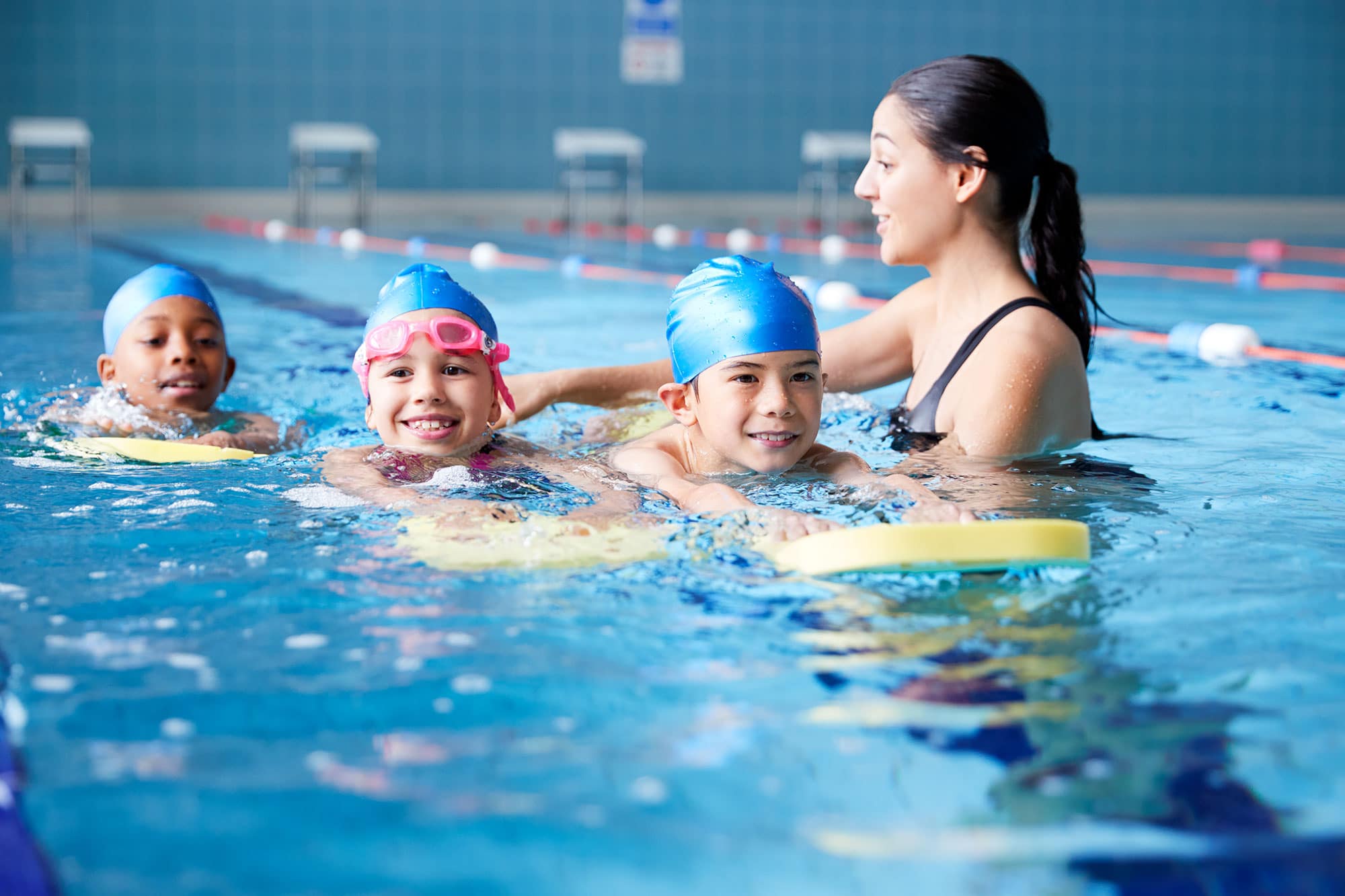By Professor Greg Whyte OBE, Chair of the ukactive Scientific Advisory Board and Professor of Applied Sport and Exercise Science at Liverpool John Moore’s University
Multiple lockdowns as a result of the COVID-19 pandemic have resulted in a dramatic reduction in physical activity for children aged five to 16-years-old. According to figures from Sport England released in January, the first lockdown alone (from March to May, 2020) witnessed a 2.4% increase in the number of children defined as ‘less active’ during the 2020 Summer term – that’s more than 200,000 children.
The observed reduction in physical activity is not spread evenly across all activities. The closure of schools and the fitness and leisure sector has had greatest impact on those activities and cohorts that rely upon access to facilities and education, with swimming at the top of that list. Normally, 1.2 million children learn to swim each year through Swim England’s Learn To Swim programme, but these opportunities have been significantly reduced as a result of the lockdowns and pool closures.
Swimming is currently a compulsory part of the primary school national curriculum. By the time children leave primary school at the end of year 6, aged 11, the national curriculum requires all children to be able to swim. This is defined as being able to swim competently, confidently and proficiently for 25m, unaided.
At present, however, one in three children is unable to swim (Sport England, 2021). Of note, this figure differs greatly depending on affluence, with 84% of children and young people from the most affluent families being able to swim 25m unaided, compared to 41% of those from the least affluent families (Sport England, 2021).
Access to affordable, local swimming pools is central to the provision of swimming in less affluent areas. Indeed, the biggest leisure operators in the UK are central to the provision of swimming and also run activities annually to support the RLSS ‘Drowning Prevention Week’, providing water safety messaging to 800,000 people.
Unfortunately, these local, affordable facilities are currently under serious, imminent threat of permanent closure without greater financial and regulatory support from the Government – leaving the most vulnerable in our society at greatest risk (see my previous blog).
The importance of learning to swim is highlighted by the fact that drowning is the third highest cause of death in children in the UK, and the third leading causes of premature death globally, with children accounting for the highest rates (WHO, 2020). In the UK, one person drowns every 20 hours (men account for 80% of drowning victims), with thousands more suffering injury, some life-changing, through near-drowning experiences.
More people drown each year than lose their lives in road cycling accidents and domestic house fires. Drowning is not simply a case of avoiding swimming, as 40% of drowning victims never intended being in the water. Accidents leading to unexpected submersion (ie walkers, runners or other activities near water) mean that being able to swim is an essential lifesaving skill that should be integrated into every child’s education.
In addition to this, we know from Swim England’s Value of Swimming report that swimmers have higher wellbeing than non-swimmers and are happier, and healthier. They also show higher levels of self-confidence and self-efficacy. The report also shows the benefits are particularly pronounced for girls – girls who swim have considerably higher increases in wellbeing, health and self-confidence compared to boys.
Access to swimming pools, and learning to swim is not solely the preserve of children; nine million adults in the UK are unable to swim. If we are to avoid creating a perpetual cycle of non-swimmers and the inevitable loss of life linked to drowning, we must take action now.
Combined with the well-established health benefits of exercise, it is clear that we should regard the fitness and leisure sector as an essential service and aim to prioritise the re-opening of the sector as soon as it is safe to do so. This prioritisation is further strengthened by the importance of exercise and the vaccine for COVID-19.
Teaching children to swim is one of the key drowning prevention interventions stated by The World Health Organisation (WHO, 2020), and a requirement of the UK Government. Failing to provide access to swimming pools and swimming lessons should be viewed as mass child neglect.
It is a tragedy that up to one million children have missed out on swimming lessons over the past year due to lockdowns (Swim England). Given the low base from which the UK entered the COVID-19 pandemic (one in three children unable to swim), we can ill-afford to allow the continued closure and permanent loss of access to swimming pools. In addition to the accepted benefits of physical activity for physical, mental, emotional and social health, swimming saves lives.
References
- The Royal Life Saving Society (RLSS) Water Safety,
- Sport England. Active Lives Adult Survey (Mid-March to Mid-May, 2020) – Coronavirus (Covid-19) Report, October, 2020.
- Sport England. Active Lives Children and Young People Survey. Academic Year 2019/20, January, 2021.
- World Health Organisation (WHO) Drowning, 2020.
- Swim England Workforce Census, 2018.

More People More Active More Often




